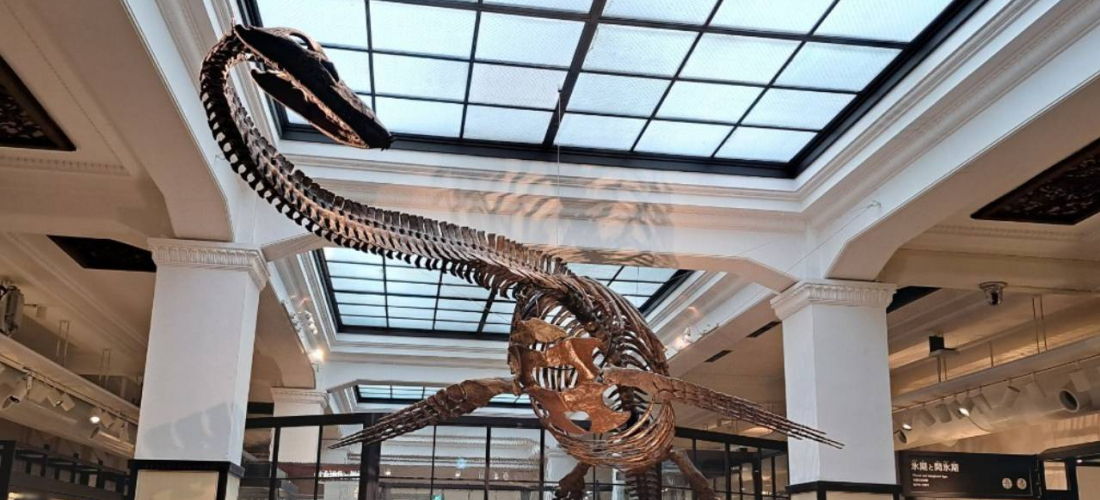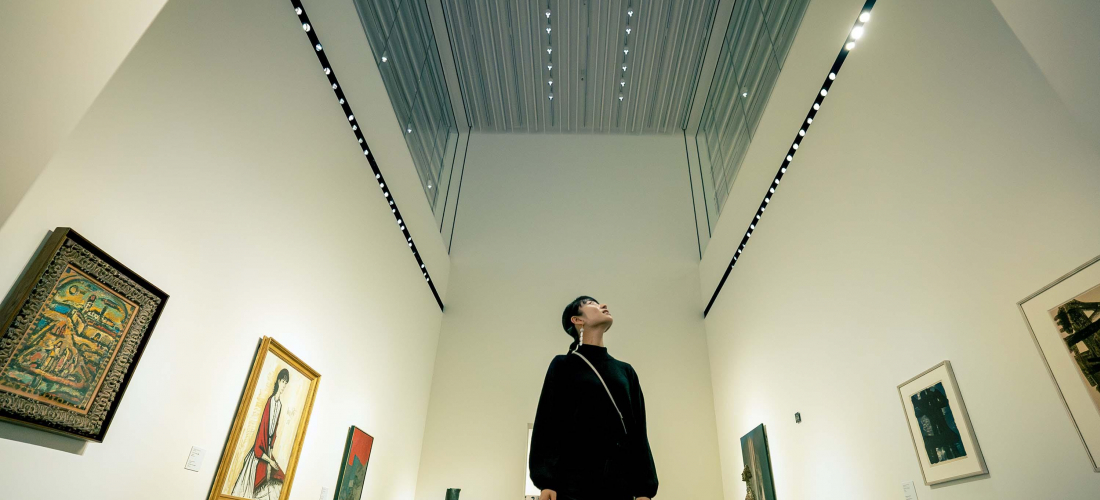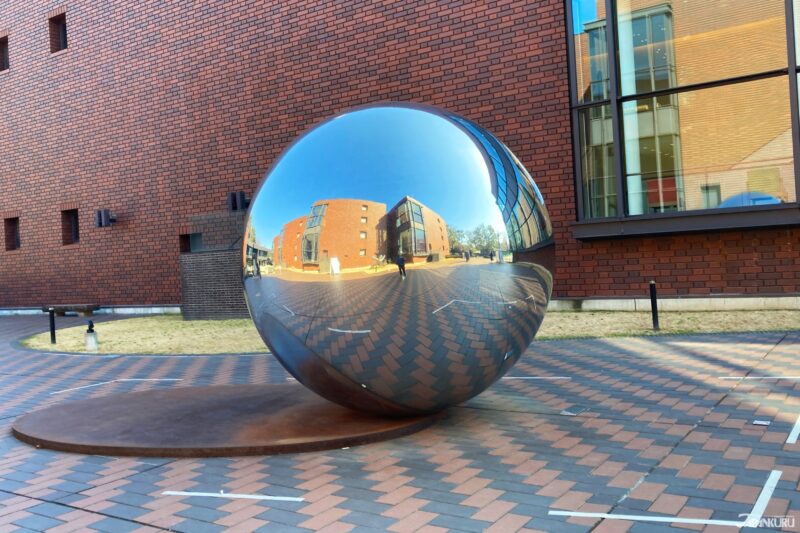Don’t let the rain ruin your trip to Japan! Art museum lovers won’t want to miss these rainy day spots all over Tokyo, from Tokyo Station to Ueno.
CONTENTS
Spend Your Rainy Day in Tokyo at the Art Museum!

A little rain never hurt anyone, but a dreary drizzly day (or a torrential downpour) does put a damper on things when you’re traveling in Japan. This is an issue especially worth considering for travelers visiting Japan around the month of June, a time of year that Japan appropriately calls “rainy season.” But with a little planning (and a flexible itinerary), you can turn a rainy day in Tokyo into your best day in Japan! Tokyo is full of indoor fun, from museums to theme parks, with plenty of places to turn to when the forecast calls for rain. The Japankuru team has gathered a few of our favorite indoor destinations in Tokyo perfect for rainy days, and today art lovers in Tokyo will want to take a good look, because we’re talking about art museums in the city!
① Tokyo National Museum (Ueno)
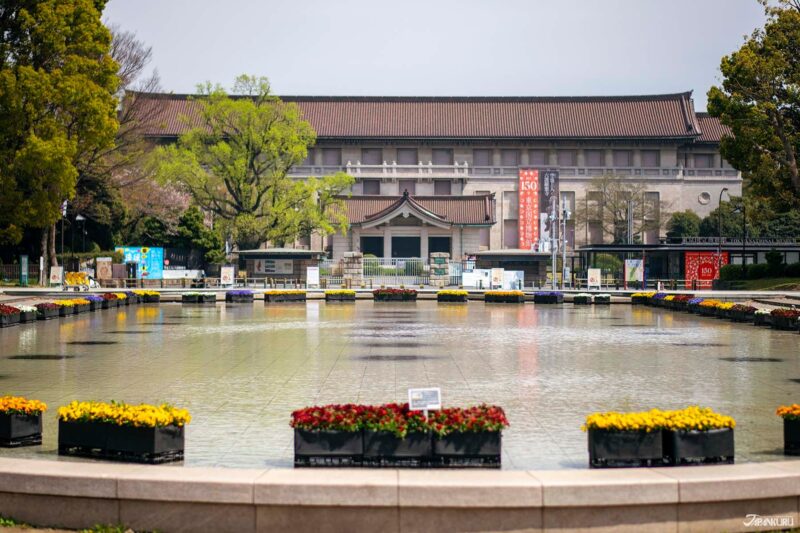
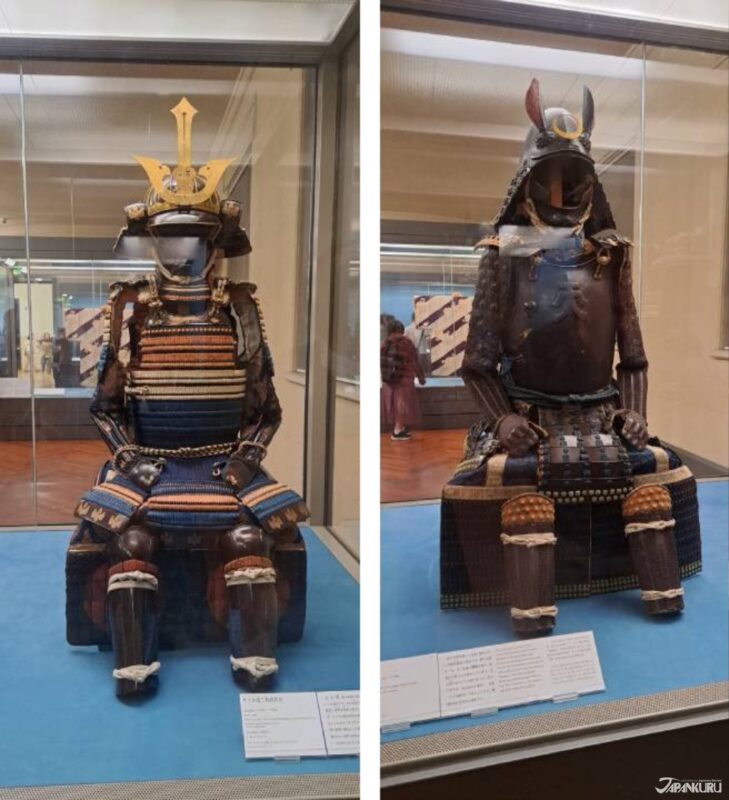
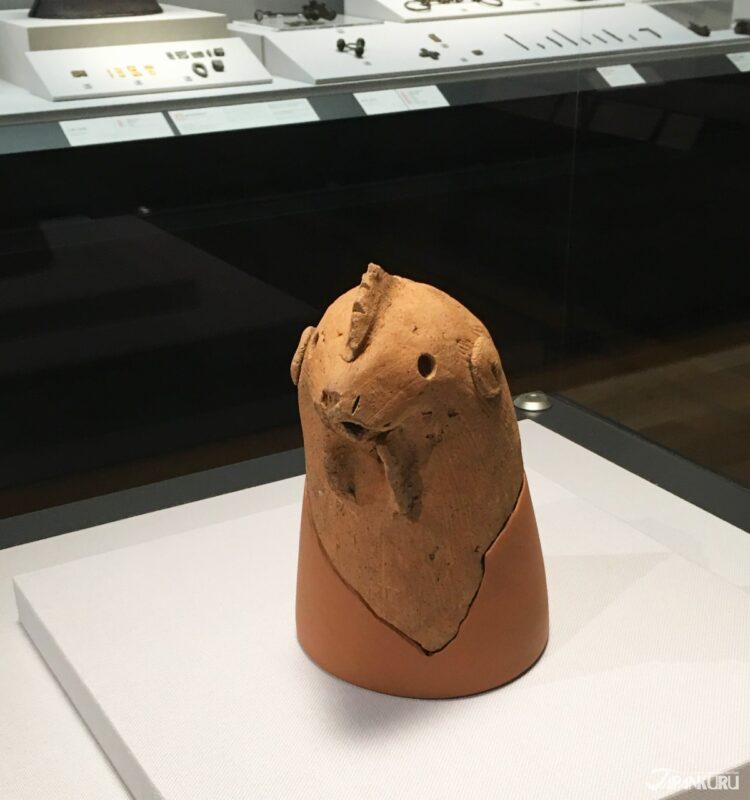
We’re starting with a real standout, because the Tokyo National Museum is where many of Japan’s most treasured works of art and historical artifacts are kept! It’s the largest museum in Japan, and it’s considered the oldest of its kind, and the Tokyo National Museum collection includes a wide variety of art from around Japan and nearby parts of Asia, alongside a series of rotating exhibitions – often traveling exhibitions from around the world. The permanent collection is much too large to have it all on display at any one time, so no matter how many times you visit, you’ll always see something new. Spend hours wandering the spacious halls to admire the museum’s elegant ink paintings, artfully sculpted Japanese tea bowls, delicately embroidered kimono, traditionally forged swords, and much more!
▶︎ Located in Ueno, the Tokyo National Museum is the perfect escape from the rain for travelers visiting Ueno Park, Ueno Zoo, or Ameyoko shopping street! The museum is also easily accessible via a number of train lines, including JR’s Yamanote and Keihin-Tohoku Lines, plus the Hibiya and Ginza subway lines.
Tokyo National Museum (東京国立博物館)
13-9 Uenokoen, Taito City, Tokyo
Hours: 9:30 – 17:00 (~19:00 on Fri/Sat) | closed Mondays
Admission: 1,000 yen (+ extra for special exhibition tickets)
Official Website (en)
② Artizon Museum (Tokyo Station/Nihonbashi)
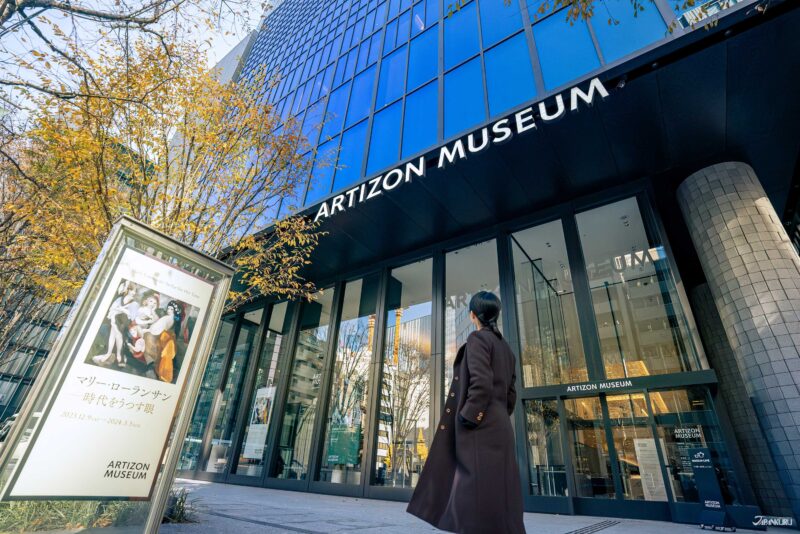
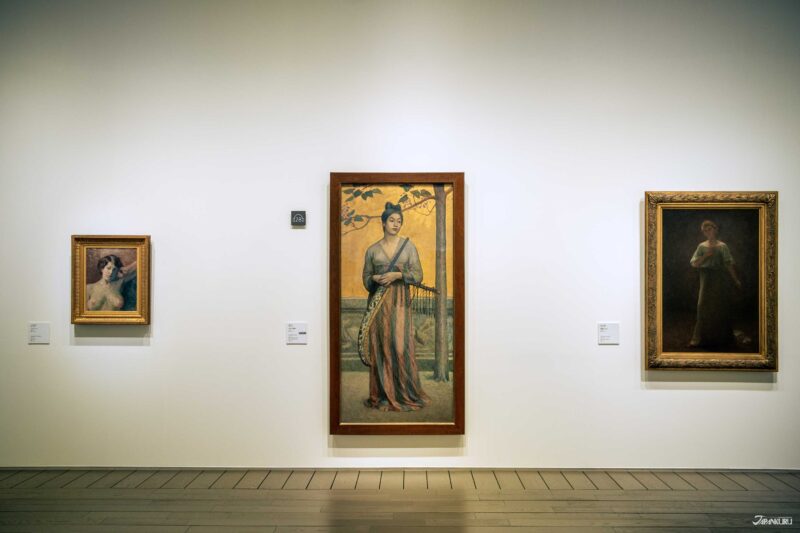

In terms of location, it doesn’t get much more convenient than the Artizon Museum, which is just a few minutes on foot from the central hub of Tokyo Station (and much of that route can be walked underground on rainy days). But it’s the carefully curated collection that really makes the museum worth a visit! The Artizon Museum has been attracting art lovers since it opened in the mid-20th century, but it received a major overhaul in 2020, with a brand new building and a new forward-looking outlook. The permanent collection, built up over the decades, contains a mix of Japanese Yoga (洋画) paintings (a late 19th-century style using Western techniques) along with a fantastic selection of Western Impressionist and Modern art pieces, and they’re adding more eclectic pieces to the collection every day. The Artizon Museum building is beautifully designed, but moderately sized, making it a perfect place to spend an hour or two as you enjoy works designated “Important Cultural Properties” in Japan, placed alongside huge foreign names like Monet, Cézanne, Matisse, Degas, Renoir, Van Gogh, Picasso, and Kandinsky.
▶︎ Located close to Tokyo Station, the Artizon Museum is the perfect escape from the rain for travelers enjoying the paths around the Imperial Palace, or for those exploring busy areas like Ginza and Yurakucho! The museum is, of course, also easily accessible via a number of train lines, including JR’s Yamanote, Chuo, and Keihin-Tohoku Lines, plus the Ginza, Tozai, and Asakusa subway lines – or even the shinkansen!
Artizon Museum (アーティゾン美術館)
1-7-2 Kyobashi, Chuo City, Tokyo
Hours: 10:00 – 18:00 (~20:00 on Fri) | closed Mondays
Admission: 1,200 yen~ (depending on the current exhibitions)
*Tickets may sell out, so advance reservations are recommended if possible.
Official Website (en)
③ Museum of Contemporary Art Tokyo (Koto Ward)
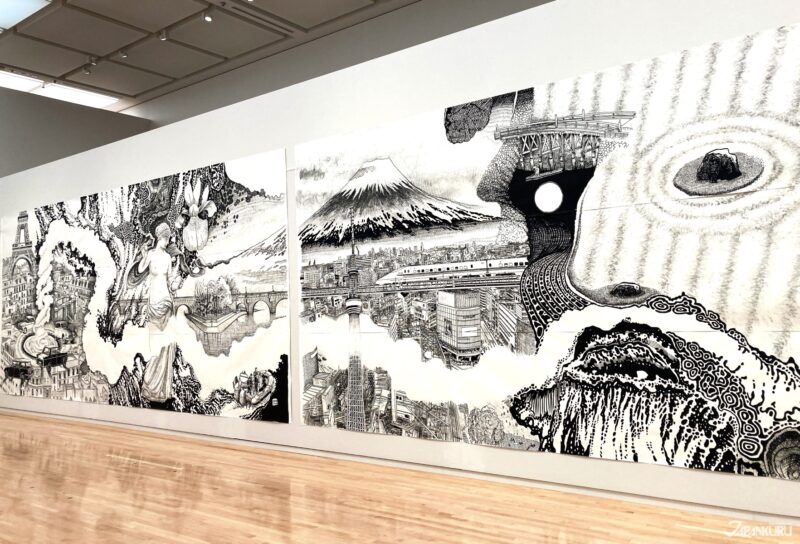
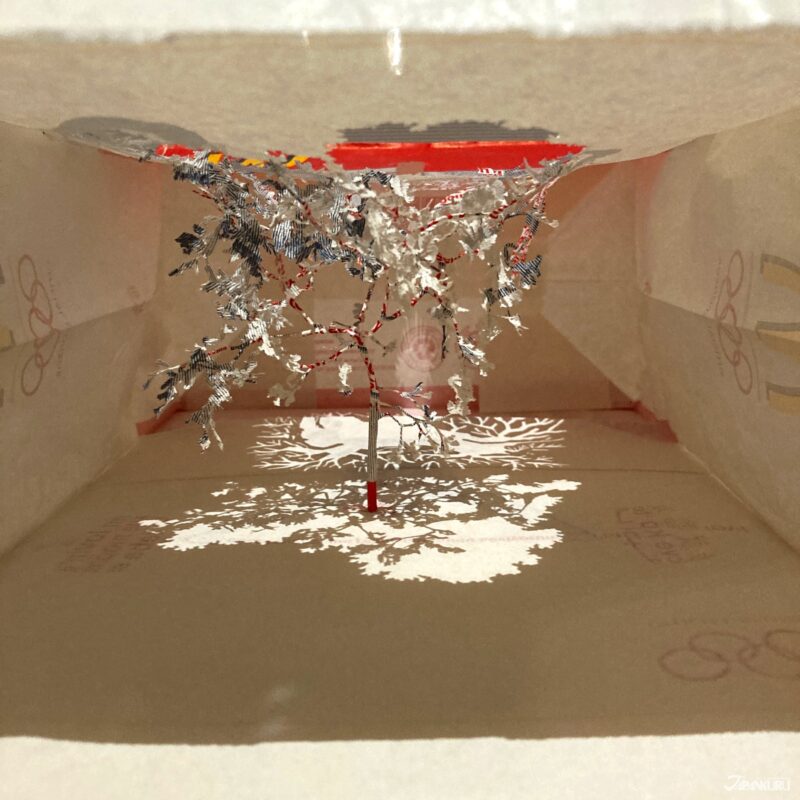
Tucked away on one side of a green grassy park in eastern Tokyo, the Museum of Contemporary Art (often referred to as MOT) opened in 1995 with an inherited collection of around 3,000 pieces from the Tokyo Metropolitan Art Museum, and that collection has almost doubled in size in the three decades since then. MOT’s main focus is on postwar Japanese art, but their mission is to “promote contemporary art and cultivate the next generation of artists,” leading to a wide variety of exhibitions featuring contemporary art from all over Japan and often overseas as well. The tall ceilings create an open feeling, inviting you in to find new appreciation for the art and artists shaping Japan’s contemporary art scene in recent decades.
▶︎ Located not far from Kiyosumi-shirakawa Station, the Museum of Contemporary Art Tokyo is the perfect escape from the rain for travelers exploring the coffee shops and trendy streets of the Kiyosumi Shirakawa neighborhood, or those soaking up the natural beauty of both Kiyosumi Gardens and Kiba Park. The museum is a little less easily accessible than others, but it is within walking distance of both Kiyosumi-shirakawa Station (on the Hanzomon and Oedo subway lines) and Kiba Station (on the Tozai subway line).
Museum of Contemporary Art Tokyo / MOT (東京都現代美術館)
4-1-1 Miyoshi, Koto City, Tokyo
Hours: 10:00 – 18:00 | closed Mondays
Admission: 500 ~ 2,300 yen (depending on the current exhibitions)
Official Website (en)
Find a Favorite Tokyo Spot to Run From the Rain
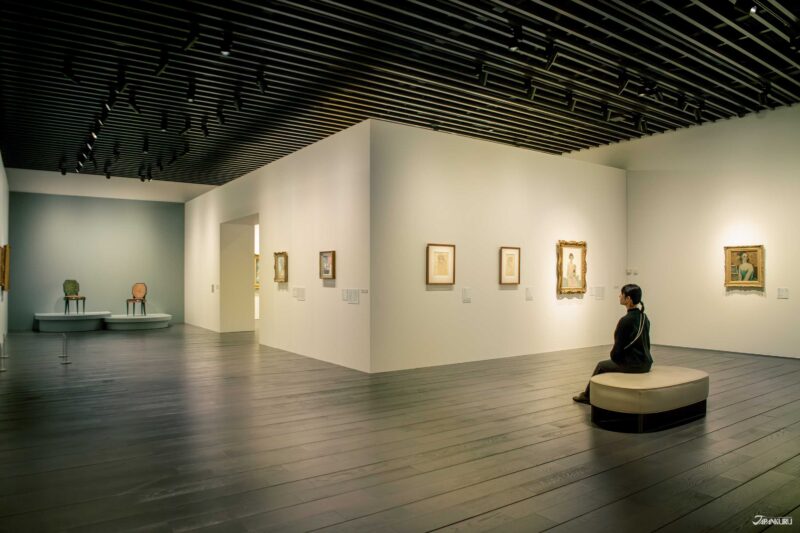
Whether you’re planning a trip during Japan’s rainy season, or you just want to have backup plans, it’s always good to have an idea or two ready for a rainy day! Fortunately for museum lovers visiting Tokyo, these institutions offer the perfect form of indoor entertainment to combat unpleasant weather. From ancient art to the latest in cutting-edge contemporary work, Tokyo’s art museums offer art lovers the full spectrum – so when the rain starts to fall, it’s as easy as picking your favorite to while away the hours!
For more info and updates from Japan, check Japankuru for new articles, and don’t forget to follow us on X (Twitter), Instagram, and Facebook!
Half a lifetime ago I came to Japan for a semester abroad... and I never left. I guess I really like the place! I spent my first few years in Japan living in the middle of nowhere, so I'd love to hear your Tokyo recommendations via Japan's social media accounts!

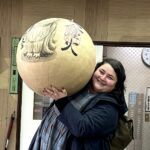



 >> Find out more at Japankuru.com! (link in bio)
#
>> Find out more at Japankuru.com! (link in bio)
#





 The Robot Restaurant is gone, but the Samurai Restaurant is here to take its place. Check it out, and don't forget your coupon!
The Robot Restaurant is gone, but the Samurai Restaurant is here to take its place. Check it out, and don't forget your coupon!
 신주쿠의 명소 로봇 레스토랑이 사무라이 레스토랑으로 부활! 절찬 쿠폰 발급중
신주쿠의 명소 로봇 레스토랑이 사무라이 레스토랑으로 부활! 절찬 쿠폰 발급중
 18歲以上才能入場的歌舞秀,和你想的不一樣!拿好優惠券去看看~
#tokyo #shinjuku #samurairestaurant #robotrestaurant #tokyotrip #도쿄여행 #신주쿠 #사무라이레스토랑 #이색체험 #할인이벤트 #歌舞伎町 #東京景點 #武士餐廳 #日本表演 #日本文化體驗 #japankuru #japantrip #japantravel #japanlovers #japan_of_insta
18歲以上才能入場的歌舞秀,和你想的不一樣!拿好優惠券去看看~
#tokyo #shinjuku #samurairestaurant #robotrestaurant #tokyotrip #도쿄여행 #신주쿠 #사무라이레스토랑 #이색체험 #할인이벤트 #歌舞伎町 #東京景點 #武士餐廳 #日本表演 #日本文化體驗 #japankuru #japantrip #japantravel #japanlovers #japan_of_insta
 코지마 x 빅 카메라 쿠폰으로 일본 가전 제품 쇼핑하기
#pr #japankuru #japanshopping #kojima #biccamera #japaneseskincare #yaman #dji #osmopocket3 #skincaredevice #日本購物 #美容儀 #相機 #雅萌 #日本家電 #일본여행 #면세 #여행꿀팁 #일본쇼핑리스트 #쿠폰 #일본쇼핑 #일본브랜드 #할인 #코지마 #빅카메라 #japankurucoupon
코지마 x 빅 카메라 쿠폰으로 일본 가전 제품 쇼핑하기
#pr #japankuru #japanshopping #kojima #biccamera #japaneseskincare #yaman #dji #osmopocket3 #skincaredevice #日本購物 #美容儀 #相機 #雅萌 #日本家電 #일본여행 #면세 #여행꿀팁 #일본쇼핑리스트 #쿠폰 #일본쇼핑 #일본브랜드 #할인 #코지마 #빅카메라 #japankurucoupon





























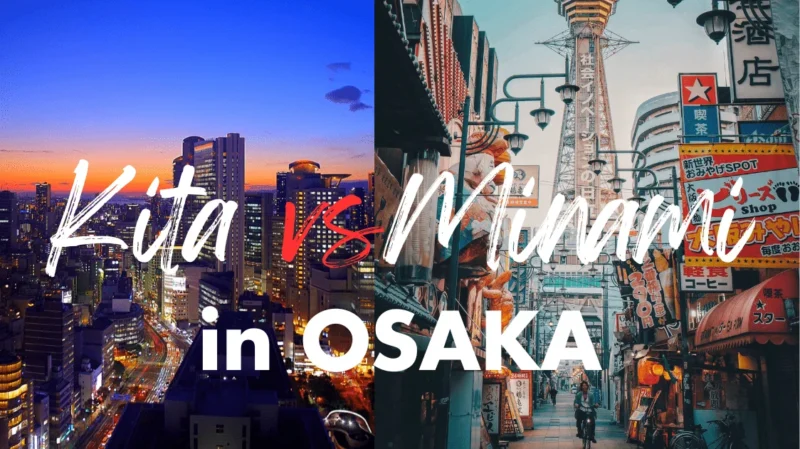



 Oita Hello Kitty Airport
Oita Hello Kitty Airport  Lands April 13th
Lands April 13th








